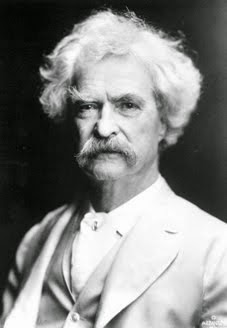
“The fact that man knows right from wrong proves his intellectual superiority to the other creatures; but the fact that he can do wrong proves his moral inferiority to any creatures that cannot.”—Mark Twain
“Doing what’s right isn’t the problem. It is knowing what’s right.”—Lyndon B. Johnson
We live in a world where we can’t say anything with certainty. However, that doesn’t stop us from attempting to persuade both ourselves and those with whom we relate, that we do, with certainty, in fact know matters.
Doing and knowing are not the same thing, as both Mark Twain and LBJ pointed out. Ideally there would be a single, universally accepted understanding of what is always right, what is always wrong and possess the fortitude of following through with right doing. But since there can’t be a fixed, universally approved criteria of knowing right from wrong, it’s a sure thing that disagreements will arise. And why is that so? Because the very nature of right requires a counter point to have any meaning. Right and wrong are two sides of the same matter of judgement. Then, of course, is the matter that we all have our own eyeballs, with our own different life experiences and filters through which we see the world. And most important of all is what Zen Master Hakuin Ekaku nailed as the root of disagreements: “The cause of our sorrow is ego delusion.”
The person we think we are—who attempts to persuade themselves; the one who sees right apart from wrong is our ego. That vicious fabrication of our identity will always see life through vested interests, desiring to always have the last word, is linked to a lens of delusion. When viewed in this way it’s a miracle we haven’t already blown ourselves to smithereens.
“When the world knows beauty as beauty, ugliness arises
When it knows good as good, evil arises
Thus being and non-being produce each other
Difficult and easy bring about each other
Long and short reveal each other
High and low support each other
Music and voice harmonize each other
Front and back follow each other.”—Tao Te Ching
Thus being and non-being produce each other
Difficult and easy bring about each other
Long and short reveal each other
High and low support each other
Music and voice harmonize each other
Front and back follow each other.”—Tao Te Ching
